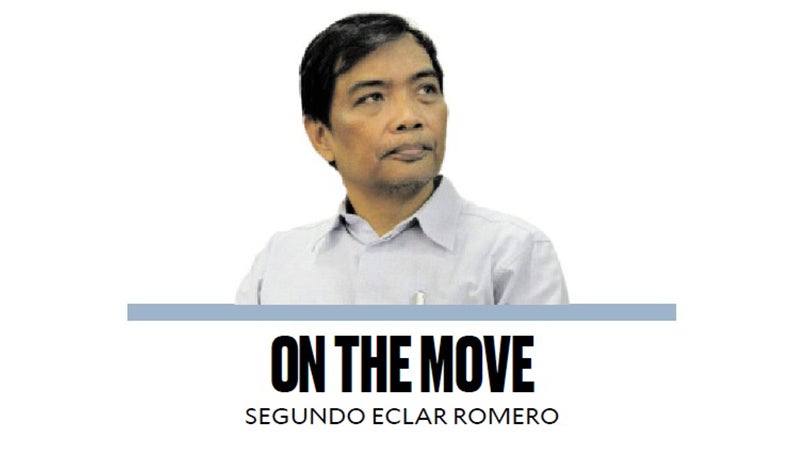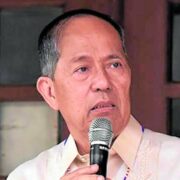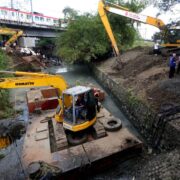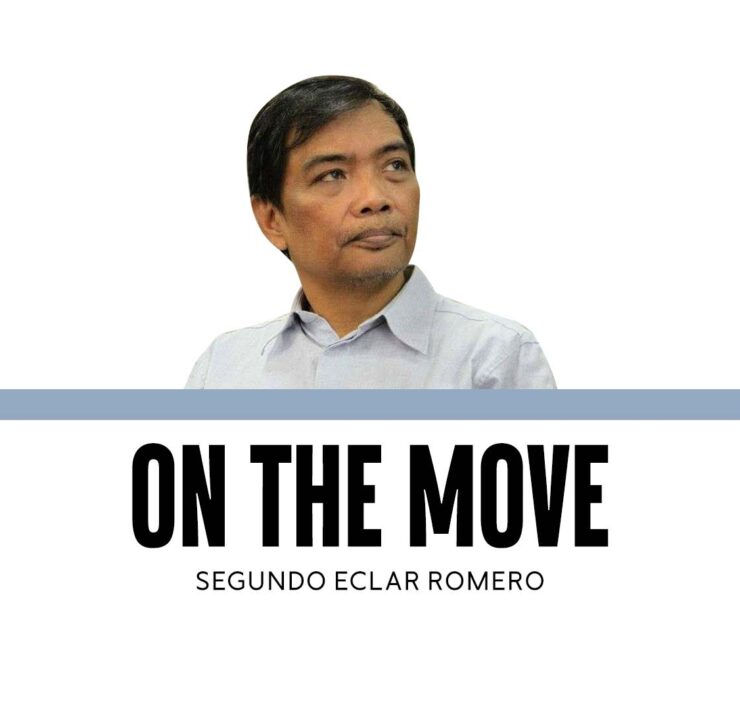Devastating floods: Is the Philippines ready?

As the world watches with horror the aftermath of the July 4 Texas floods—121 dead, 160 missing, and thousands displaced—Filipinos cannot afford to look away. This is not just a distant American tragedy; it is a preview of what is looming over our own archipelago. The Philippines, after all, lies in the bullseye of the Pacific typhoon belt. We expect an average of 20 typhoons to enter our area of responsibility each year, many bringing torrential rains, storm surges, and flash floods. And in 2025, with only two typhoons in, the signs are already ominous.
In Texas, climate denial, underfunded forecasting systems, and broken emergency response links compounded the catastrophe. In the Philippines, we may be even more vulnerable, not because we lack knowledge, but because we fail to act on it.
We know that we are one of the most disaster-prone countries on Earth. The World Risk Report 2023 ranks the Philippines as number one in overall disaster risk globally. We also know that our worst disasters—Typhoon “Ondoy” in 2009, Supertyphoon “Yolanda” in 2013, “Ulysses” in 2020—were not only natural but political. Every failure to relocate informal settlers, every missing dam gate protocol, every delayed warning broadcast has turned rain into ruin.
The institutions are in place. The Philippines has a strong legal framework for disaster risk reduction. Republic Act No. 10121 mandates a shift from reactive to proactive disaster governance. The Climate Change Act of 2009 created the Climate Change Commission. Local government units (LGUs) are required to prepare Local Climate Change Action Plans. Pagasa, the national weather agency, has been partially modernized, equipped with Doppler radars and automated weather stations. But equipment is not enough when plans sit unimplemented, warnings go unheeded, and hazard maps gather dust.
Worse, we have dismantled some of the very tools that once gave us an edge. Project Noah, a world-class hazard mapping and early warning system developed after Ondoy, was defunded in 2017. Its team of scientists—recognized internationally—was disbanded just when climate-related disasters were growing fiercer and more frequent. Today, some of its functions survive under the University of the Philippines Resilience Institute, but it no longer has the budgetary muscle or national reach to keep Filipinos safe.
What’s happening is a pattern of learned helplessness, masked as budget prioritization. Apathy has replaced urgency. Like the United States under Trump, we’ve turned off some of our satellites and laid off the scientists, not because the storms have stopped coming, but because we’ve stopped listening.
This negligence is not without cost. The People’s Survival Fund, designed to help LGUs finance climate adaptation projects, remains underutilized—less than 6 percent disbursed, according to the Commission on Audit. The reasons? Red tape, a lack of local proposal-writing capacity, and the absence of political will.
Most local governments still rely on post-disaster response instead of investing in prevention. Many lack updated comprehensive land use plans or zoning regulations that align with flood hazard maps. Barangays in floodplains continue to host housing settlements. Urban drainage remains archaic. In some towns, a single rainstorm still means days of flooding, economic paralysis, and school closures.
The irony is that we do not suffer from a lack of knowledge. We have the maps, the rainfall models, the flood projections. We know where the danger zones are. What we lack is the courage to govern accordingly—to relocate communities, to impose building moratoriums, and to invest in green infrastructure and localized early warning systems.
We also lack accountability. Every typhoon season, we hold our breath, issue advisories, and pray that disaster won’t strike. When it does, we send relief. We thank responders. Then we forget.
But if the Texas tragedy teaches us anything, it is this: disaster follows dysfunction. When systems are defunded, when forecasts are ignored, when response chains are broken, nature punishes the most vulnerable. In the Philippines, that means the poor, the coastal, the remote, the urban fringe-dwellers who have no escape when the floods come.
We need to refund, rebuild, and re-empower science. We need to revive and scale up Project Noah and integrate its tools directly into local planning and emergency operations centers. We need to train LGUs not just in writing plans but in implementing them. We need to enforce zoning, update hazard maps, and redesign public infrastructure for a climate-changed world.


















